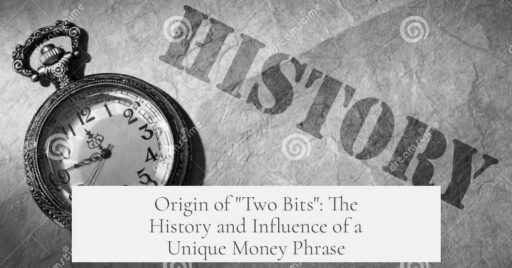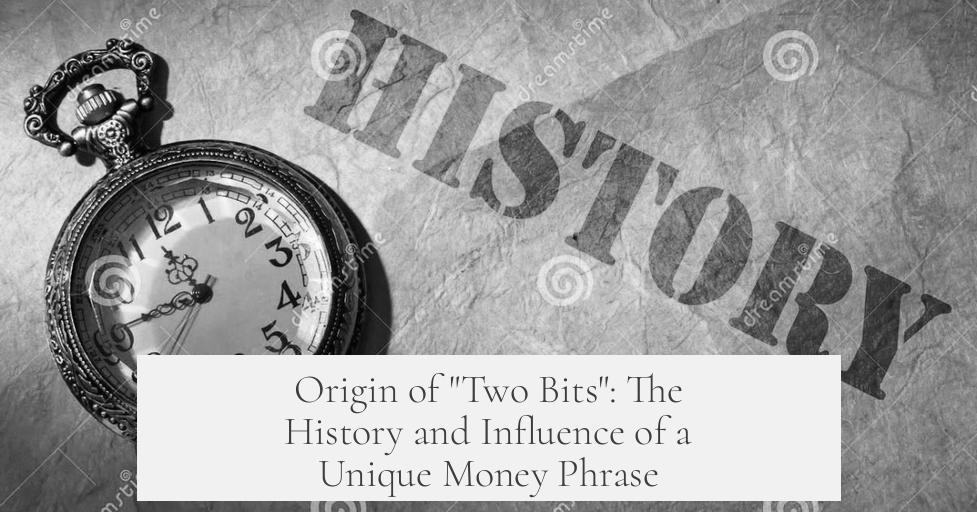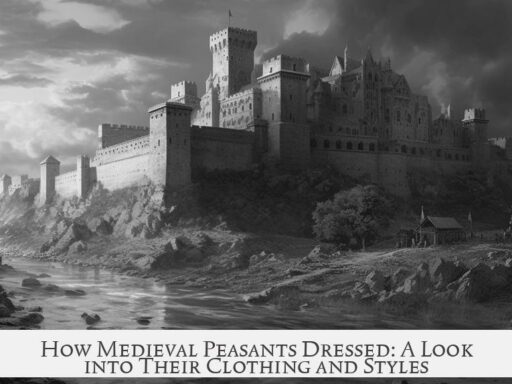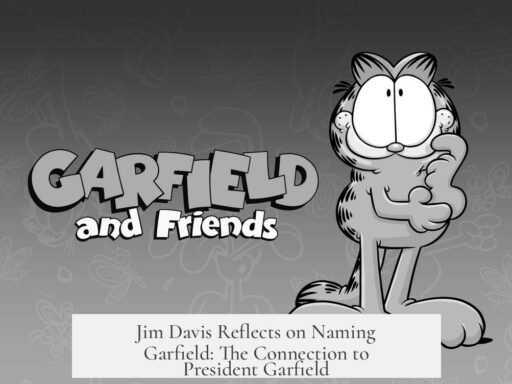The phrase “two bits” in reference to money originates from the Spanish real de a ocho coin, which was physically cut into eight pieces called “bits.” Two bits therefore represent one-quarter of the coin, or 25 cents in U.S. currency.
This phrase entered North American English through contact with the Spanish Empire and later Mexico. The Spanish real de a ocho, also known as the “pieces of eight,” was widely used in trade during the colonial era. To make smaller change, the coin was literally cut into eight parts, each called a bit. This system of division did not align with the U.S. decimal currency system but persisted, especially in the American West.
In practical settings like Western saloons, the term two bits was common. One-bit saloons priced items such as whiskey or cigars at one bit, meaning 12.5 cents. Customers often paid with a quarter (two bits) and received a dime (a “short bit”) in change. This change was then used for further drinks or purchases. Two-bit saloons, charging 25 cents outright, avoided this complicated change-making process.
The etymology of “bit” traces back to Old English and Proto-Germanic roots meaning a small piece or a piece bitten off. The money-related meaning emerged in the Southern United States and West Indies, where Spanish and Mexican coins were common. “Two bits” specifically referred to one-quarter of a Spanish dollar or real dating as far back as the early 18th century (around 1730). The phrase “two-bit,” used as an adjective to mean cheap or low quality, appeared later in 1929.
| Term | Meaning | Historical Context |
|---|---|---|
| Bit | One-eighth of a Spanish dollar coin | Spanish real de a ocho physically cut into 8 pieces |
| Two Bits | One-quarter of a dollar (25 cents) | Two of the eight bits from a real de a ocho coin |
| Two-bit (adj.) | Cheap or low quality | Developed figurative meaning, recorded 1929 |
For additional information, the book Boomtown Saloons provides detailed historical insights. An overview of Spanish dollar coinage is available on the Wikipedia article on the Spanish dollar. The etymology of “bit” and related money terms can be explored on Etymonline.
- “Two bits” comes from dividing a Spanish silver coin into eight parts called bits.
- Two bits equals 25 cents, or a quarter of the original coin.
- The phrase entered English through Spanish and Mexican currency influence in the Americas.
- Saloons used “bits” to price drinks, with “two bits” meaning a quarter dollar.
- The adjective “two-bit,” meaning cheap, developed much later from this term.
Where Did the Phrase “Two Bits” Come From in Reference to Money?
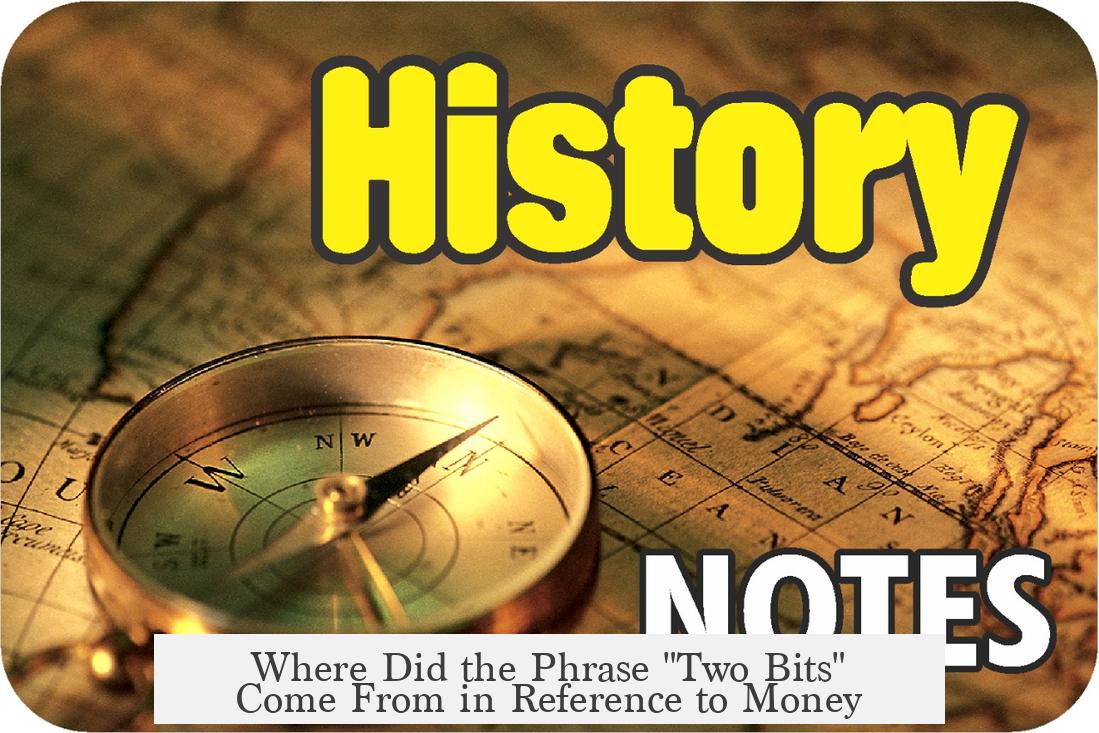
The phrase “two bits” originated from the Spanish silver coin called the real de a ocho, or the Spanish dollar, which was physically cut into eight pieces or “bits.” Two bits, therefore, represented a quarter of that coin, and this term made its way into American English as a practical way to describe a quarter of a dollar.
Sounds like history class, right? But stick with me, because the story behind “two bits” is not only fascinating—it also reveals a quirky way people once handled money on the frontier. Plus, it’s a neat piece of language that sneaked into everyday conversation.
Coins, Cuts, and Pieces: How Money Was Divided
Way back, before America issued its own widely used coinage, Spanish silver coins dominated the Americas. The Spanish dollar, or real de a ocho, was popular. This hefty coin was so valuable that it often got cut into pieces to make smaller change. Yep, people literally chopped coins into eight segments, each called a “bit,” to break down the value easily. It’s like the original coin puzzle.
Why cut coins? Because the decimal system—100 cents to a dollar—wasn’t the norm everywhere yet. So instead, each of these “bits” represented one-eighth of the coin. Eight bits equaled one whole dollar. Put in modern terms, one bit was 12.5 cents, and two bits were worth 25 cents, or a quarter.
Think of it as pizza slices: if the whole pie is one dollar, one slice is a bit. Order two slices, and you’ve got two bits. Hungry for more knowledge?
The Wild West and the “Two Bits” Economy
In Western saloons, this coin-cutting practice turned into a pricing strategy. For instance, a whiskey or cigar could cost exactly one bit—half a quarter, or 12.5 cents.
Picture this: you stroll into a saloon, ask for a drink, and pay a quarter (two bits). The bartender hands you back a dime, cleverly called a “short bit.” This dime wasn’t just spare change—it was your ticket to the next round. Clever, right? It basically encouraged you to stick around and spend more.
Some saloons even earned nicknames based on this pricing: “one-bit saloons” catered to the value-seeking crowd, while “two-bit saloons” operated on a slightly higher scale, usually avoiding all that awkward change-making.
It’s worth noting that higher-class saloons skipped this change hassle altogether, likely because their patrons handled cash differently, or maybe their drinks just cost a bit more (pun intended).
The Old English Roots of “Bit”
If you think “bit” sounds kinda old-timey, you’re right. The word “bit” actually traces back to Old English and Proto-Germanic languages. It originally referred to a small piece or a piece bitten off—exactly what happened when coins were cut into slices.
So, the word carried the physical idea of a “bite” or “small piece” into money talk. Early on, this term appeared in the Southern U.S. and West Indies, where Spanish and Mexican coins were commonly used. By around 1730, two bits had come to mean a quarter of a dollar precisely.
Interestingly, “two-bit” as an adjective—meaning cheap or tacky—came much later, first recorded in 1929. So, calling something “two-bit” taps into this history but with a slightly sarcastic twist.
Why Does This Old Term Still Matter Today?
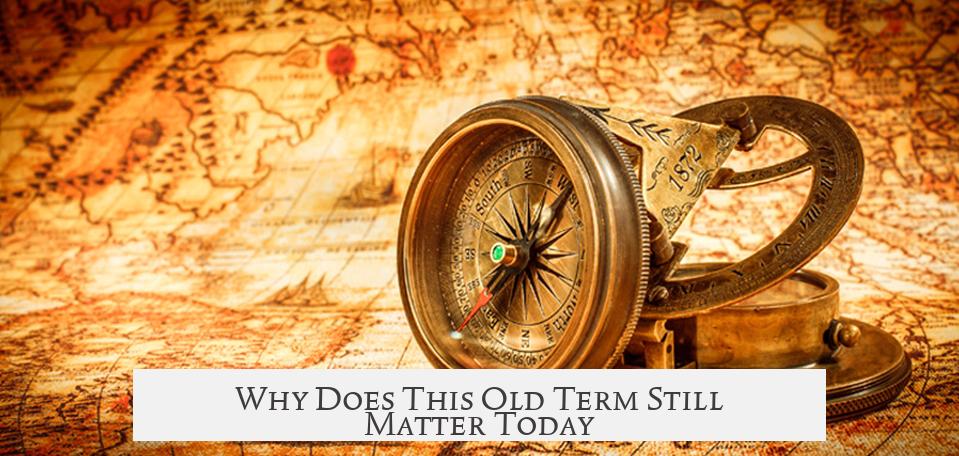
Ever wondered why people say, “That’s two bits!” or “Don’t be so two-bit”? It’s because this phrase survived centuries of money changes and coinage reform to pop up into everyday slang. It shows how old economics influence language.
Plus, it highlights human creativity: when coins didn’t suit the needs, people adapted. They literally cut coins to fit their world. This adaptation also shaped how they spoke about money, which still echoes in phrases we use casually now.
For the Curious: Diving Deeper into “Bits” and “Pieces of Eight”
- Want even more nitty-gritty about saloons and coin cutting? Kelly Dixon’s Boomtown Saloons offers rich archaeological insights.
- Need a quick refresher on the Spanish dollar and its global role? Check the Wikipedia article on Spanish dollar.
- Hungry for more word origins? Etymonline digs deep into the roots of “bit” and other terms.
Wrapping Up
So, next time you hear “two bits,” remember it’s not just a quirky saying—it’s a slice of history literally cut from silver coins. It reminds us of a time when physical pieces of eight made day-to-day life workable in a cash-strapped, wild land. A piece of silver, a chunk of language, and a story from the old frontier—all packed into two bits.
Isn’t it fun how money talks carry stories? What other everyday phrases do you think have such rich histories hiding behind them?
